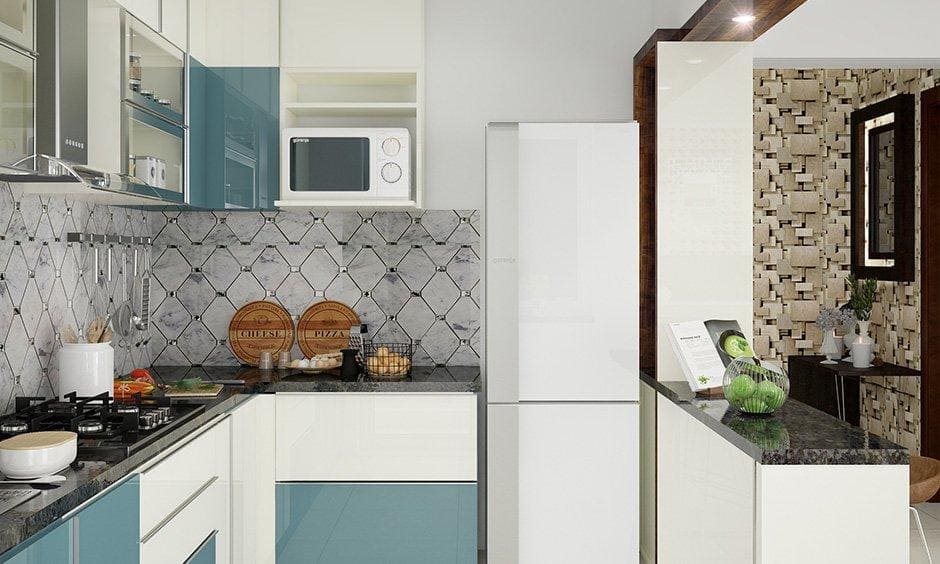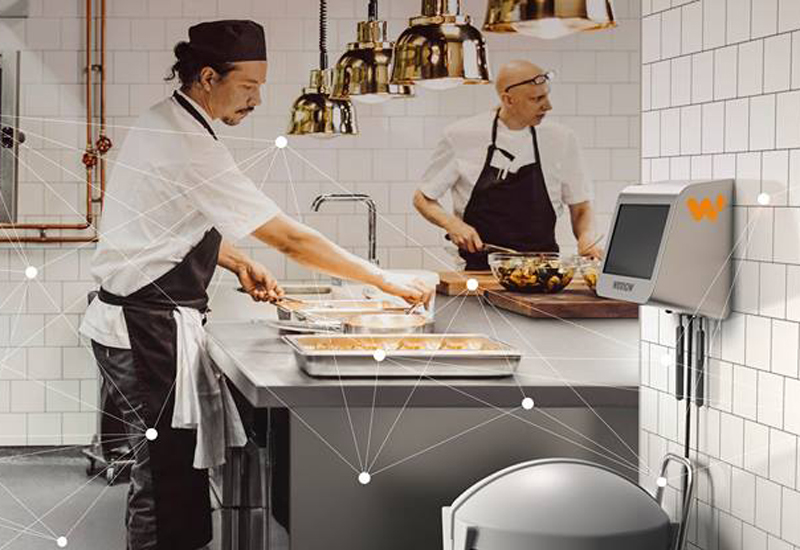In today’s fast-paced world, the concept of home automation with voice control is becoming increasingly popular. This technology offers a seamless blend of convenience and efficiency, transforming how we interact with our homes. As we delve into the intricacies of this innovative trend, it’s vital to understand how it can simplify daily tasks and enhance our quality of life.

What is Home Automation?
At its core, home automation refers to the use of technology to control various aspects of your home environment. From lighting and climate control to security systems, automation provides a centralized way to manage these features efficiently. When paired with voice control, this system becomes even more intuitive and accessible.
The Rise of Voice Control
The integration of voice control in home automation has revolutionized the way we interact with technology. With the help of voice assistants like Alexa, Google Assistant, and Siri, users can perform tasks simply by speaking commands. This hands-free functionality is not only convenient but also adds an element of futuristic sophistication to any home.
Benefits of Voice-Controlled Home Automation
1. Convenience and Accessibility
One of the most significant benefits of voice-controlled home automation is the ease of use. For individuals with mobility issues or busy schedules, being able to control home devices through voice commands can be a game-changer.
2. Energy Efficiency
With smart thermostats and lighting systems, voice control can help optimize energy usage. By adjusting settings with simple commands, you can reduce energy consumption and lower utility bills.
3. Enhanced Security
Home security systems integrated with voice control allow for quick and easy management of locks, cameras, and alarms. This provides peace of mind and an additional layer of security for your home.
How to Set Up Voice-Controlled Home Automation
Setting up a voice-controlled home automation system requires a few essential steps. First, choose the right voice assistant that suits your needs. Next, ensure that your smart devices are compatible with your chosen voice assistant. Finally, follow the setup instructions to connect and configure your devices.
Popular Devices for Home Automation
1. Smart Speakers
Smart speakers, such as the Amazon Echo and Google Home, are at the forefront of voice-controlled home automation. These devices act as the central hub, allowing you to control other smart devices with your voice.
2. Smart Lights
Smart lighting systems can be controlled with voice commands, enabling you to adjust brightness and color or turn lights on and off without touching a switch.
3. Smart Thermostats
With a voice-controlled smart thermostat, you can easily adjust the temperature in your home, ensuring comfort and energy efficiency.
Challenges and Considerations
While home automation with voice control offers numerous benefits, there are some challenges to consider. Privacy concerns, compatibility issues, and the initial cost of setup are factors that consumers need to weigh before fully embracing this technology.
The Future of Home Automation
The future of home automation with voice control looks promising, with advancements in artificial intelligence and machine learning paving the way for even smarter homes. As technology continues to evolve, we can expect even more seamless and intuitive interactions between humans and their living spaces.
Conclusion
In conclusion, home automation with voice control represents a significant leap forward in smart living. By offering convenience, energy efficiency, and enhanced security, it provides a glimpse into the future of home management. As more people adopt this technology, the possibilities for innovation and improvement are endless.

FAQs
1. What are the main components of a voice-controlled home automation system?
A typical system includes a voice assistant, smart devices, and a central hub to manage the connections and settings.
2. Are there any privacy concerns with voice-controlled smart homes?
Yes, privacy is a concern, as voice assistants are always listening for commands. It’s essential to understand the privacy settings and manage them according to your preferences.
3. Can I integrate existing home appliances with voice control?
Many existing appliances can be integrated using smart plugs and adapters, allowing them to be controlled through voice commands.
For more insights on this topic, visit Forbes.
This article contains affiliate links. We may earn a commission at no extra cost to you.





